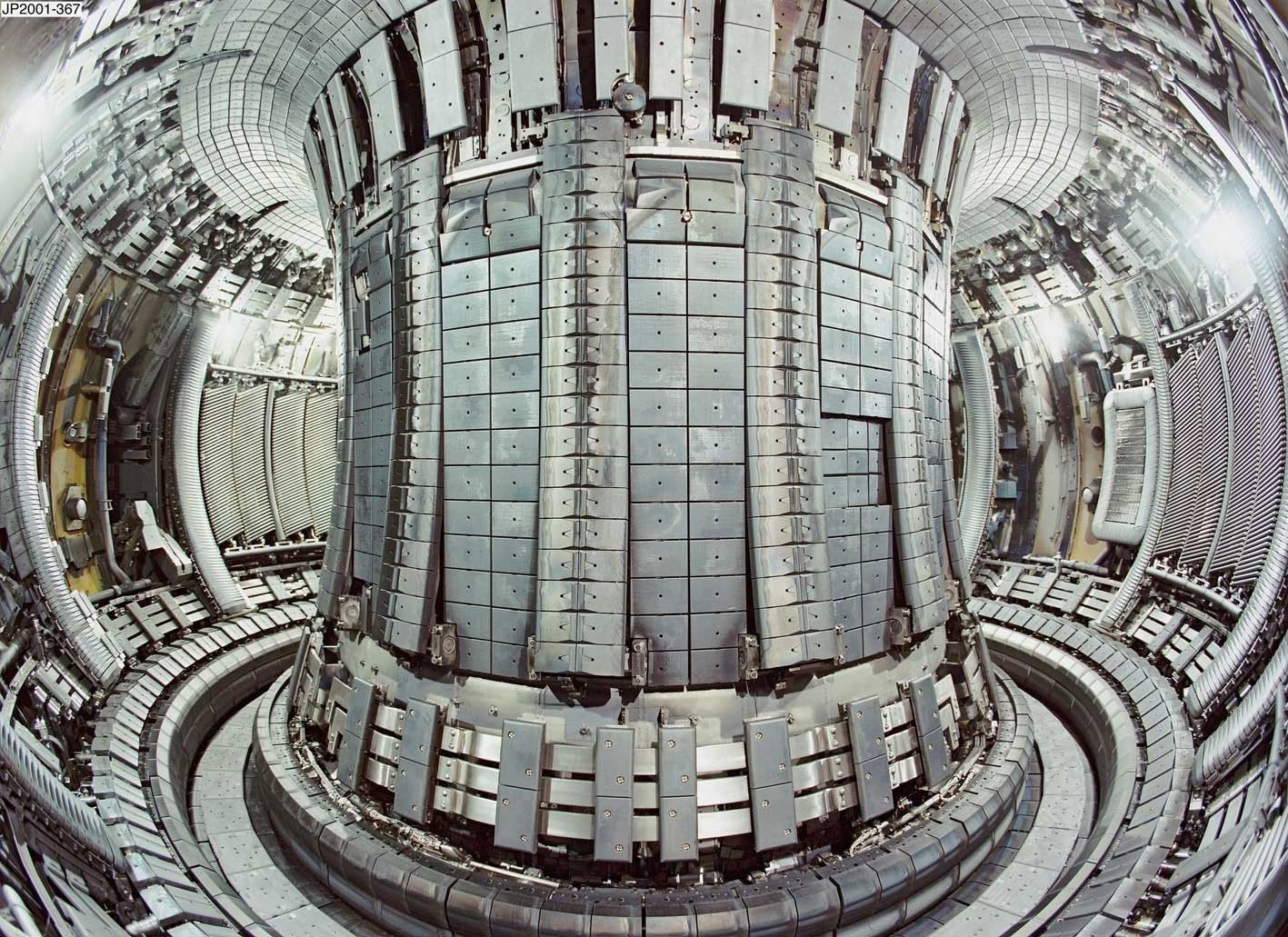
Nuclear reactors, often likened to large kettles, stand as colossal generators of low-carbon electricity. These intricate structures, varying in size and shape, operate on the fascinating principles of nuclear fission. This article delves into the inner workings of nuclear reactors, exploring the chain reactions, control mechanisms, fuel sources, and waste management that define this powerful and efficient mode of electricity generation.
The Essence of Nuclear Fission:
At its core, a nuclear reactor functions as a colossal kettle, but its fuel is the mighty atom. The magic happens through nuclear fission, a process where a neutron collides with an atom, triggering the atom to split into two smaller atoms and releasing additional neutrons. This sets off a chain reaction, as the newly released neutrons initiate further fission in neighboring atoms, creating a continuous cycle. The energy unleashed during this process comes in the form of intense heat.
Video: Inside a Nuclear Reactor Core
The Chain Reaction and Heat Production:
The chain reaction within the reactor releases a substantial amount of energy in the form of heat. To harness this energy, reactors utilize a circulating fluid, typically water, to absorb the heat. The heated water is then used to generate steam, which, in turn, powers turbines connected to generators for electricity production. The speed of the nuclear reaction is critical, and reactors employ control rods made of neutron-absorbing materials, such as silver and boron, to regulate, accelerate, slow down, or shut down the reaction and the accompanying heat production.
Diverse Reactor Types:
Nuclear reactors exhibit diversity in design, with some relying on water, while others use gas or liquid metal for cooling. Water-based reactors dominate the global scene, constituting over 90% of the world’s reactors. The versatility in design allows reactors to function reliably, capable of continuous operation for months or even years, unaffected by weather conditions or seasonal changes. Remarkably, some reactors, like units 3&4 at the Turkey Point plant in Florida, secured licenses for an unprecedented 80 years of operation in 2019.
Fueling the Reactor:
The lifeblood of a nuclear reactor is its fuel, and uranium takes the center stage. Abundant and widely distributed, uranium serves as the primary fuel for most reactors. Other materials like plutonium and thorium can also fuel reactors. Typically, a reactor comprises several hundred fuel assemblies, each containing thousands of small uranium fuel pellets. Astonishingly, a single pellet packs the energy equivalent of a tonne of coal. In contrast, a similar-sized coal power station demands over two-and-a-half million tonnes of coal for comparable electricity production.
Managing Nuclear Waste:
Every industry generates waste, and the nuclear sector is no exception. However, what sets nuclear power apart is its meticulous management and containment of waste. Nuclear power plants produce minimal waste, and the majority of it is not highly radioactive. Responsible disposal and containment have been the norm for decades. To put it in perspective, if nuclear power supplied a person’s entire year of electricity needs, the resulting highly-radioactive waste would weigh a mere 5 grams—a weight equivalent to that of a sheet of paper. The used fuel from reactors can be managed through various methods, including recycling for energy production or direct disposal, showcasing a commitment to sustainable waste management practices.
Conclusion:
Nuclear reactors stand as marvels of scientific ingenuity, transforming the latent energy within atoms into a steady stream of low-carbon electricity. As the world seeks cleaner and more sustainable energy solutions, understanding the intricate workings of nuclear reactors becomes imperative. With advancements in safety, waste management, and reactor design, nuclear power continues to be a crucial player in the global energy landscape, offering a reliable and efficient source of electricity for generations to come.
Click here to discover the 100 diverse applications of nuclear energy.





